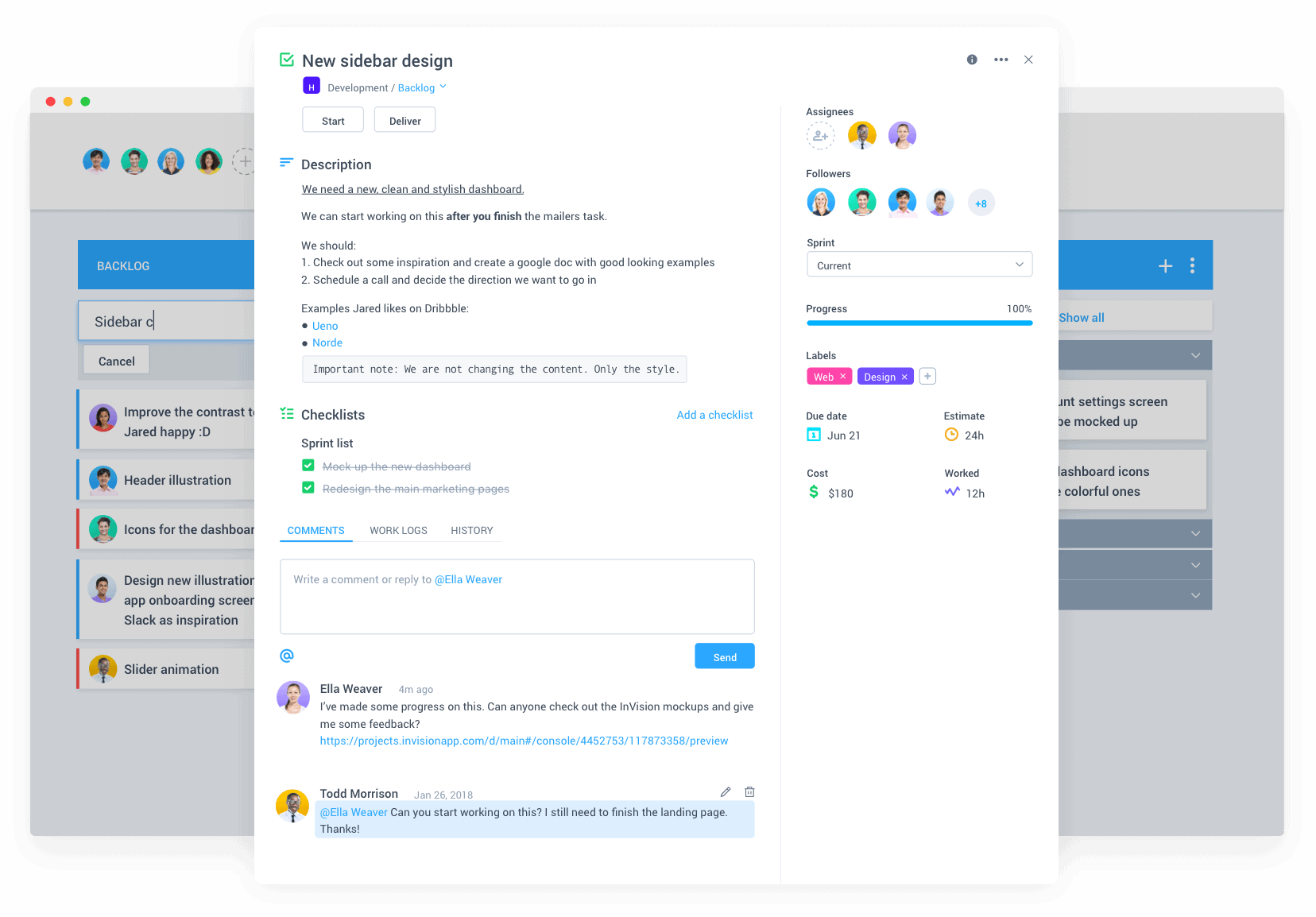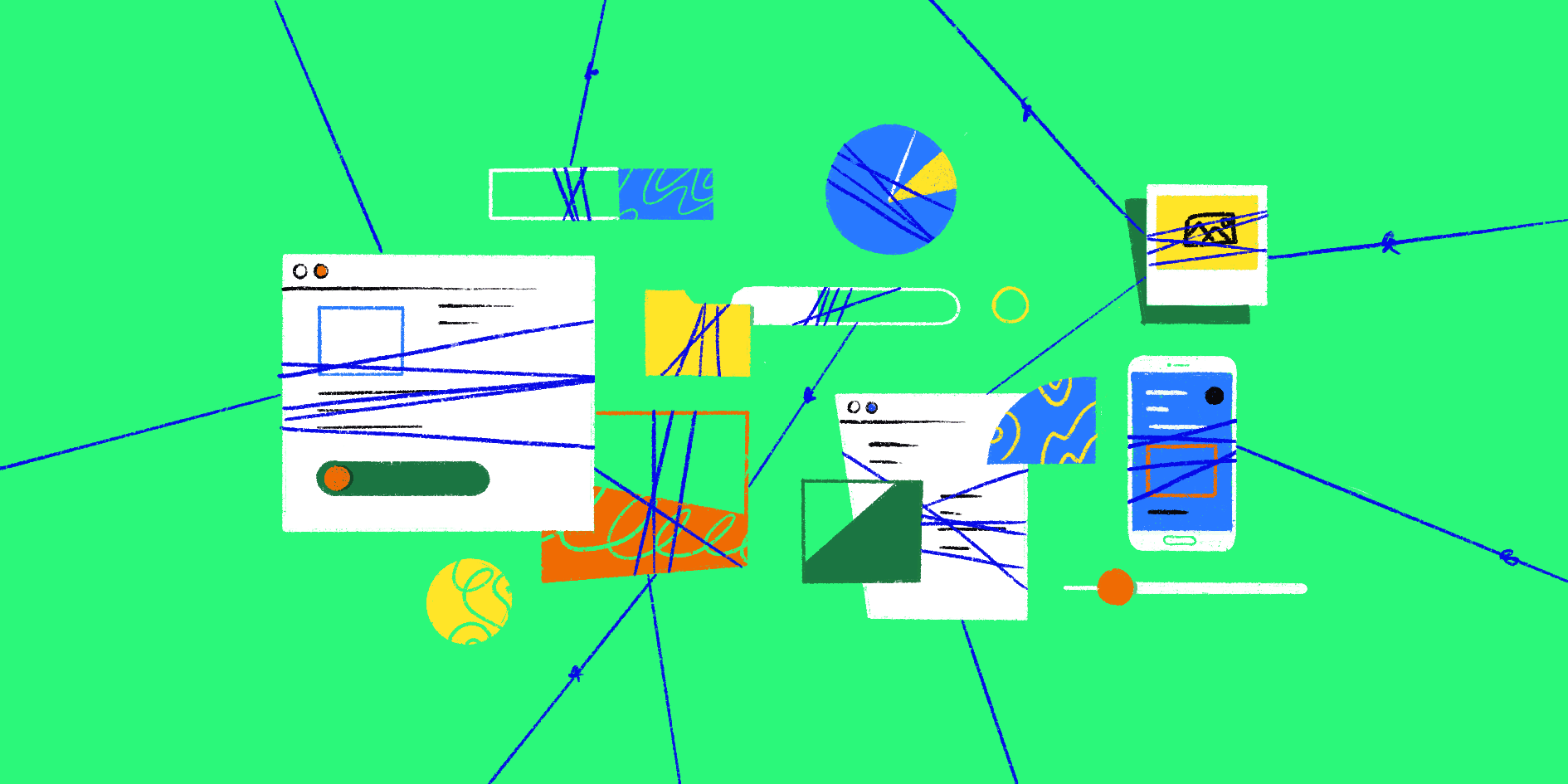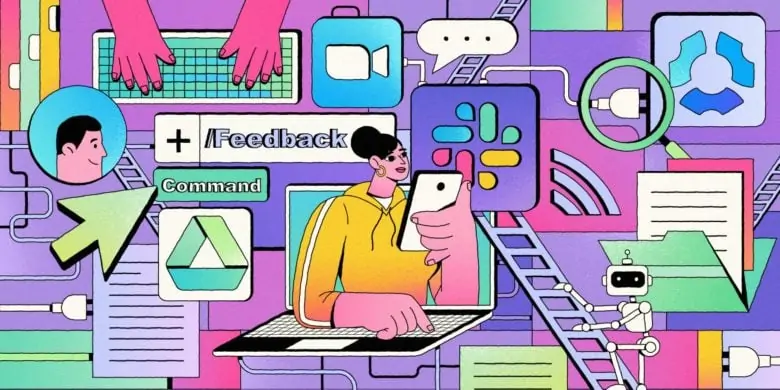In the dynamic landscape of project management, the ability to skillfully communicate project delays emerges as a vital beacon guiding your team through the turbulent seas of uncertainty.
Project delays, stemming from unexpected setbacks, resource constraints, or external factors, often sow the seeds of frustration among teams and stakeholders. However, the skill to effectively communicate project delays can transmute what could have been a crisis into a manageable challenge, preserving the integrity of the project timeline.
In this post, we’ll dive into the fundamental skills and strategies essential for effective team management, empowering you to confidently and professionally navigate the intricate landscape of project management. Plus, we’ll give you some communication tools and good project management software that will help your team with timely project completion.
Boost your team’s efficiency with Hubstaff's productivity tools
Why project delays happen
Project delays are a serious issue. They can take you over budget, cause you to miss an estimated deadline, and sometimes derail the project so far that it gets canceled.
Here is why project delays happen.
Unclear project requirements
If project requirements aren’t communicated initially, you’ll need answers later. You can ask for clarification and delay the project while waiting for an answer. To avoid delays and complete the project quickly, it’s critical that you ask questions upfront to avoid last-minute chaos.
Changed project scope
Many project delays are caused by clients or stakeholders changing the project scope. Changing the project scope can leave teams feeling overwhelmed and impact their progress.
When you change course in the middle of a project, you need time to create a new plan. Sometimes, that means returning to previous steps and redoing work to fit the new requirements.
Inadequately planned timeline
Projects also get delayed because of inadequately planned timelines.
Your timeline hinges on a lot of estimates that could be wrong. Maybe you allotted five days for a task that actually takes ten, or you may have missed a couple of steps along the way.
Timeline errors come in all shapes and sizes.
These errors often happen because teams try to manage projects without using a suitable project management system. Even if they have software, they may use it sparingly. Tools are only as valuable as the way you use them.
Lack of communication with stakeholders
You’re not the only one that needs to sign off on significant milestones or project delivery expectations.
Late or nonexistent communication with stakeholders means they need longer to review the updates you send them. They might also be less engaged with your project because you haven’t touched base enough. Clear communication sets expectations for a project that can ensure all parties involved are on the same page moving forward.

Clear communication also applies if you forget to reach out when needed. Sending stakeholders past-due information means their response will be later than you want, too. Communication with clients should be done on a regular basis to prevent an unforeseen issue from popping up.
Resources suddenly becoming unavailable
Your project relies on a lot of different resources.
If team members quit, get sick, or are pulled to another project, your project can quickly get behind. Project managers need to have a bird’s eye view of the resources their team needs to complete a project.
People aren’t your only resources, either. If a software tool breaks down, a partnering company goes out of business, or your budget gets cut, those resource issues can all cause significant delays.
External vendors not delivering on time
Successful project completion often relies on external vendors. If they deliver late or fail to meet expectations, it takes extra time to fix the issue and move forward.
Unpredictable changes
There are also unpredictable changes (such as natural disasters) that can delay projects. Just think about how many projects were delayed because of the COVID-19 pandemic.

You already know that things will come up, and it’s impossible to predict what those issues will look like. As a project manager, it’s up to you to expect the unexpected and take corrective actions as needed.
How to communicate delays in project management in 4 steps
Every project manager will, at one point or another, be in charge of a project that has been delayed. You can’t avoid it.
That’s why it’s essential to learn how to communicate a project delay effectively.
Here’s how to get the message across:
1. Let stakeholders know right away
Don’t wait until a problem gets out of hand to bring it up.
Communication isn’t negotiable. Tell stakeholders as soon as you know a delay is possible. Waiting too long makes it seem like you’re not on the project.
Even if you’re pretty sure you’ll recover, it’s essential to communicate that you might get off schedule. Then, if you do get back on track, it proves how great you are at project management.
After you notice the potential delay, keep communicating with stakeholders regularly. This will help to reassure them that the project will be completed successfully, even if it’s a little later than they want.
Keeping an open line of communication with stakeholders prevents a lot of problems. You also avoid further delays if you need stakeholder buy-in to update the project scope or timeline because they’re already in the loop.
Stay in control of projects
Minimize delays with the collaboration and communication power of Hubstaff Tasks.
2. Stay positive
When delivering bad news, always stay positive. It’s easier to hear bad news from someone with a good attitude.
The same is true when it comes to communicating project delays.
When you notify your stakeholders of a potential setback, stay optimistic about the direction the project is moving. Your confidence in the future of your project helps them have faith in you.
Yes, you want to be realistic about whatever situation presents a problem.
Being realistic is not the same thing as being harmful, though. It’s possible to tell stakeholders what happened with a positive outlook honestly.
3. Prepare a solution
When communicating a delay, avoid the temptation to justify what went wrong. It might sound like you’re making excuses instead of tackling the problem.
While you should provide some context and be prepared to answer questions about what happened, focusing on the solution’s much more important, come prepared to talk about how you’re getting back on track.
In most cases, stakeholders don’t care why a delay happened. They just want the project to get moving again.
Even if you have ideas about avoiding this in the future, there is a better time to talk about that. You’re already off track and can’t return and prevent it. Focus on the solution and explain how you’re fixing the problem now.
4. Avoid finger-pointing
Finger-pointing and blame don’t help anyone. They also make you look bad, even if this isn’t your fault.
Most of the time, projects get held up by things you can’t control. It doesn’t matter who’s at fault, just like it doesn’t matter how you would have prevented this problem if you had it to do over again.
You can’t go back, so look forward instead.
There’s nothing to be gained from playing the blame game. It can only result in stakeholders losing trust in you and your team or team members developing bad feelings towards you or each other.
If you need to address an issue with a specific team member, do it privately. Your stakeholders don’t need to hear about it.
Bonus: Project delay email sample
Since you need to communicate project delays as quickly as possible, you’ll likely need to do it in writing. You can follow up your message by scheduling a call if needed, or the note might be enough.
A solid notification email includes four parts:
- Notice that the project is behind schedule
- The expected length of the delay
- A note about why the delay happened and what you’re doing to fix it
- An updated timeline
From there, you can follow up to schedule a call or answer questions as needed.
To make it easy, here’s a short template that you can use for your project delay notifications. Note that you probably shouldn’t use this sample word-for-word. Make sure to update it to suit your situation.
Project delay email template
Dear [Stakeholder/Client Name],
I’m writing to inform you that [Project Name] is behind schedule. I apologize for the delay.
Due to [reason for the project delay], this project has been delayed by [length of the delay].
To address these unforeseen circumstances, I have [action taken to move the project forward].
The new estimated project completion date is [date].
Please do not hesitate to contact me if you have any questions about the delay, the new project completion date, or any other details related to the project.
Sincerely,
[Your Name]
How to use software for better project communication
Use your task management software to improve project communication, reduce holdups, and communicate that delays will still happen anyway.
Hubstaff is a workforce management solution designed to help teams stay productive and complete projects on time. It supports Kanban-style workflows, Sprints, project templates, task checklists, automated Stand-ups, and more.

Whatever task management software you use, leverage its communication capabilities.
Keep all project-related conversations organized by task. Instead of discussing group projects in Slack or over email, use the comments feature to keep those essential conversations attached to the related task. It will save you time looking for updates and referencing past discussions.
If you need a real-time conversation in person or over a communication tool, immediately update your task management software with the relevant takeaways.
Organizing communication by task is also powerful for remote teams that work in different time zones.
You don’t have to wait for someone to answer your email or find time for a meeting when all the relevant information is already on the task. Work gets done more quickly, and the project duration remains unchanged, even when everyone works at different times.
Communicate project delays effectively
Telling your stakeholders you’re behind is intimidating, but it’s much easier when you have a plan. Focus on the solution, and remember that delays happen to everyone.
Want more tips to keep your projects moving smoothly?
Subscribe to the Hubstaff blog and get in-depth guides, expert advice, and more.
Most popular
The Critical Role of Employee Monitoring and Workplace Security
Why do we need employee monitoring and workplace security? Companies had to adapt fast when the world shifted to remote work...
15 Ways to Use AI in the Workforce
Whether through AI-powered project management, strategic planning, or simply automating simple admin work, we’ve seen a dramatic...
The AI Productivity Panel: Lessons From Leaders on What’s Working (and What’s Not)
When I moderated this AI productivity panel, I expected a solid conversation. What I didn’t expect was the flood of real-world i...
Employee Performance Dashboards: Templates, Tools, and Best Practices
Keeping track of how your team’s really doing can be tricky. Spreadsheets pile up, one-on-ones only tell part of the story, and...





